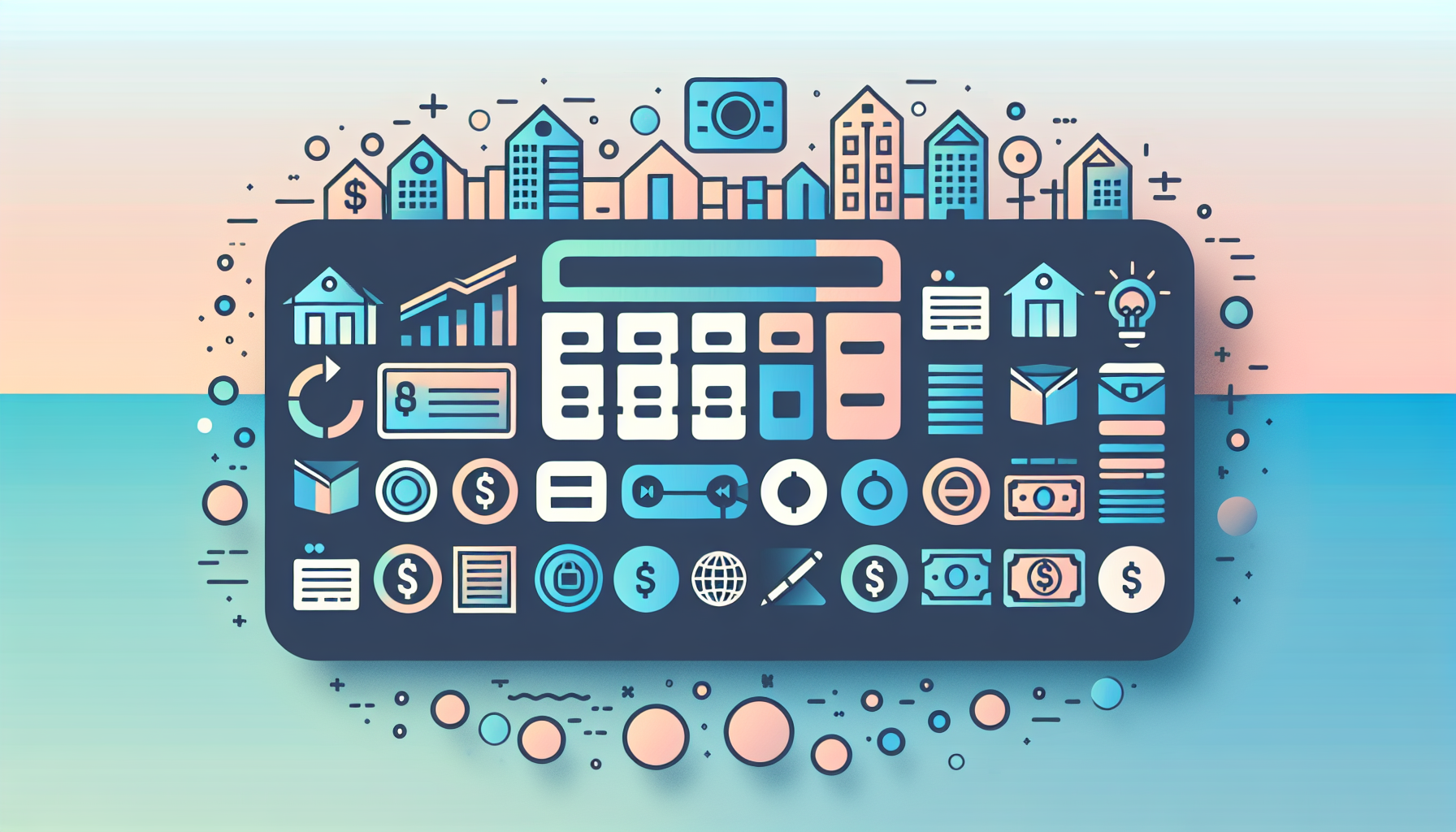How to Qualify for a Mortgage with Seasonal Income

Navigating the Complexities of Mortgage Approval with Seasonal Income
For individuals with seasonal income, the dream of owning a home can seem daunting due to the unique challenges in proving income stability. However, with the right approach and documentation, it is entirely possible to qualify for a mortgage. Here’s a comprehensive guide to help you through the process.
Understanding Seasonal Income and Mortgage Lenders
Mortgage lenders view seasonal income as sporadic, which can make the approval process more complicated. To mitigate this, lenders need assurance that your income is reliable and consistent over time. For example, if you work in a seasonal profession, you must demonstrate that you have a history of returning to the same job or industry each year.
Documentation Requirements for Seasonal Income
To get approved for a mortgage with seasonal income, you will need to provide extensive documentation. Here are some key documents and information you should prepare:
Employment History and Income Proof
- W-2 Forms and Tax Returns: Provide W-2 forms and tax returns for the past two years. This documentation helps lenders understand your income pattern and stability.
- Employer Verification: Your employer must provide a letter confirming that you will be rehired for the next season. This letter is crucial in establishing the continuity of your income.
Additional Financial Documents
- Bank Statements: Include 12-24 months of personal and business bank statements to show your cash flow and financial management.
- Pay Stubs: Current pay stubs can help verify your current income and employment status.
Income Averaging for Seasonal Workers
Lenders often use income averaging to calculate your qualifying income. Here’s how it works:
- Two-Year Average: Lenders typically use a two-year average of your income to determine your qualifying income. If your income has fluctuated, they may use the lower of the two years to ensure stability.
Self-Employment Documentation
If you are self-employed or have a side business that contributes to your income, additional documentation is required:
Tax Returns and Financial Statements
- Tax Returns: Provide 1-2 years of personal and business tax returns, including all schedules and attachments (e.g., 1099 forms, Schedule C for sole proprietorships, K-1 statements for partnerships).
- Profit and Loss Statements: These statements provide a detailed breakdown of your business income, expenses, assets, and liabilities.
- Bank Statements: Personal and business bank statements for 12-24 months demonstrate your cash flow and financial management.
Business Legitimacy
- Business License and Client Contracts: These documents help demonstrate the legitimacy and stability of your business.
Non-Traditional Income Sources
Besides employment and self-employment income, other non-traditional income sources can be considered:
Retirement Income
- Income from retirement accounts, pensions, and Social Security can be used to qualify for a mortgage.
Rental Income
- Income from rental properties, including accessory dwelling units (ADUs), can also be considered.
Dividend or Interest Income
- Income from investments, such as dividends or interest, can be used if it is consistent and reliable.
Improving Your Chances of Mortgage Approval
To enhance your chances of getting approved for a mortgage, consider the following:
Credit Score
- Maintain a good credit score. Lenders typically require a credit score of 620 or higher for self-employed borrowers.
Debt-to-Income Ratio
- Ensure your debt-to-income (DTI) ratio is below 43%. This demonstrates your ability to manage debt effectively.
Additional Assets
- Having additional assets, such as savings or other income sources, can help in qualifying for a mortgage.
Using the Right Tools to Your Advantage
Utilizing tools like the WP Ultimate Loan & Mortgage Calculator can help you understand how much house you can afford based on your income and other financial factors. This calculator takes into account taxes, insurance, and other costs to give you a realistic picture of your mortgage payments.
Case Studies and Real-World Examples
Let's consider a few real-world scenarios:
Scenario 1: Seasonal Worker
A ski instructor works for six months of the year and earns $60,000 during that period. To qualify for a mortgage, the instructor would need to provide two years of W-2 forms, tax returns, and a letter from the employer confirming future employment. The lender would average the income over the two years to determine the qualifying income.
Scenario 2: Self-Employed Individual
A freelance writer has been self-employed for three years and earns an average of $80,000 per year. To qualify for a mortgage, the writer would need to provide two years of tax returns, profit and loss statements, and bank statements. The lender would review these documents to ensure the income is stable and consistent.
Conclusion and Next Steps
Qualifying for a mortgage with seasonal income requires careful planning and thorough documentation. By understanding the specific requirements and using the right tools, you can increase your chances of approval.
If you are ready to start your mortgage journey, consider reaching out to a financial advisor or using resources like the Contact Us page on the WP Ultimate Loan & Mortgage Calculator website for personalized guidance.
Remember, proving income stability is key. Whether you are a seasonal worker or self-employed, the right documentation and financial management can make all the difference in securing your dream home.
For more detailed information on mortgage calculations and financial planning, you can also refer to other resources such as Bankrate's guide on proving income for a mortgage or Discover's article on income considerations for mortgage applications.











